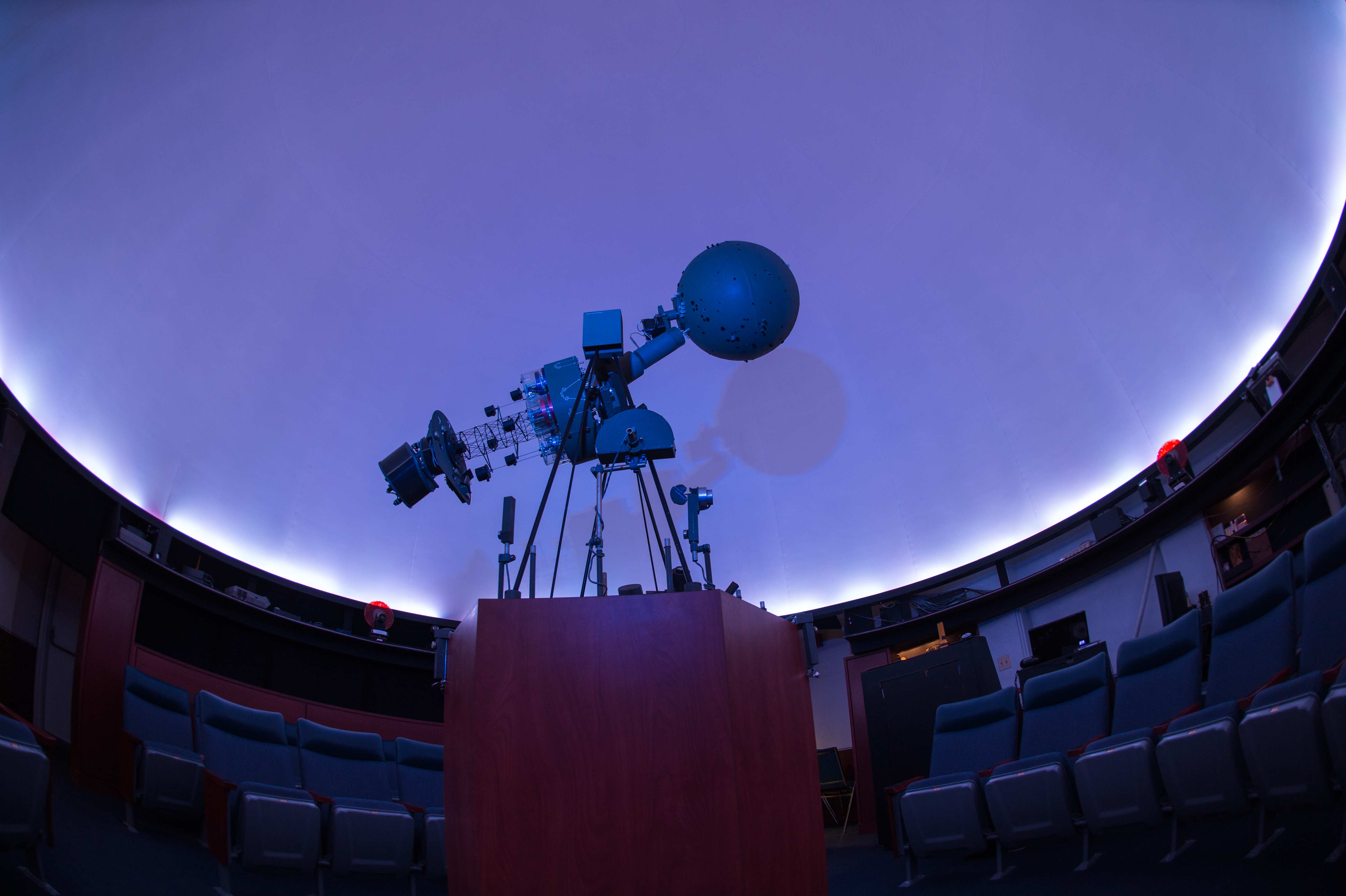Degree program in astronomy produces first graduate
 Michael Facelle ’15 (Computer Engineering/Astronomy) has become the first SUNY New Paltz student to graduate with a Bachelor of Arts degree in astronomy, after completing a major program of study that was unveiled ahead of the 2012-2013 academic year.
Michael Facelle ’15 (Computer Engineering/Astronomy) has become the first SUNY New Paltz student to graduate with a Bachelor of Arts degree in astronomy, after completing a major program of study that was unveiled ahead of the 2012-2013 academic year.
“Not only is it an incredibly fascinating and fun program, but it’s also a very small major, meaning professors can give lots of individual attention,” Facelle said.
The astronomy major is designed for students interested in gaining a multi-disciplinary education. The majority of declared students take advantage of the opportunity to study in additional academic areas, not only in science and mathematics but also in education and the humanities.
“Whenever we have an open house, the majority of students express an interest in astronomy,” said Stacie Nunes, chair of the Department of Physics and Astronomy. “The program has increased the number of students we have coming here for physics, because it gives them more options following their graduation.”
Facelle, who aspires to pursue a career in software engineering, is optimistic that the astronomy degree will open up specialized professional opportunities for him.
“I have a deep interest in working on spacecraft someday,” Facelle said. “In this program I learned a lot about how the universe works, including the different types of celestial objects that exist and how to observe and categorize these objects. I feel that this information will give me an edge.”
About astronomical studies at New Paltz
The astronomical tradition at SUNY New Paltz dates back to the tenure of John R. Kirk, professor of philosophy in the 1960s and 1970s and the first director of the College’s planetarium, which today bears his name.
The John R. Kirk Planetarium currently operates under the direction of Raj Pandya, who hosts public viewing nights on the first and third Thursday of each month of the spring and fall semesters. In 2013, the Planetarium’s projection system was upgraded to display digital simulations of the sky.
Also in the 1960s, Jack Smolen, a passionate astronomer who had built his Eagle’s Nest Observatory in Hurley, N.Y., first extended an invitation to the New Paltz community to visit and use the facility.
In 2010, a bequest from the Smolens enabled the College to build the Muriel & Jack Smolen Observatory on campus, which houses multiple telescopes including the one Smolen himself built more than 50 years ago.
Today, the Smolen Observatory is used to train students to operate the modern technologies and software that power contemporary astronomy.
More information about physics and astronomy at SUNY New Paltz is available online.

